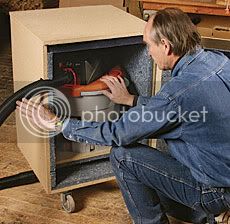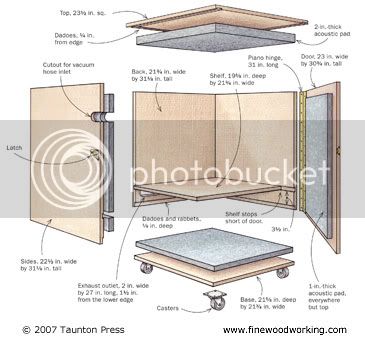matt
Established Member
OK, another dust extraction thread...
I'm planning to site my DX5000 outside (primarily so it vents outside). I have an odd tatty space between the garage and neighbours wall (as shown in pic below).
I'm looking for a simple way to build something here to enclose and protect it and also reduce the noise too (so as not to disturb the neighbours too much).
Any thoughts about materials, methods, etc gratefully received. I really need to do it under the wife's radar in so far as there's other stuff I should be doing so it needs to be time efficient. I've even considered mounting it on a trolled for the time being and carting it outside when necessary instead of building it a shack to live in.
I'll probably have to move the ladder so disregard that particular obstacle (and the junk on the floor).

I'm planning to site my DX5000 outside (primarily so it vents outside). I have an odd tatty space between the garage and neighbours wall (as shown in pic below).
I'm looking for a simple way to build something here to enclose and protect it and also reduce the noise too (so as not to disturb the neighbours too much).
Any thoughts about materials, methods, etc gratefully received. I really need to do it under the wife's radar in so far as there's other stuff I should be doing so it needs to be time efficient. I've even considered mounting it on a trolled for the time being and carting it outside when necessary instead of building it a shack to live in.
I'll probably have to move the ladder so disregard that particular obstacle (and the junk on the floor).






































